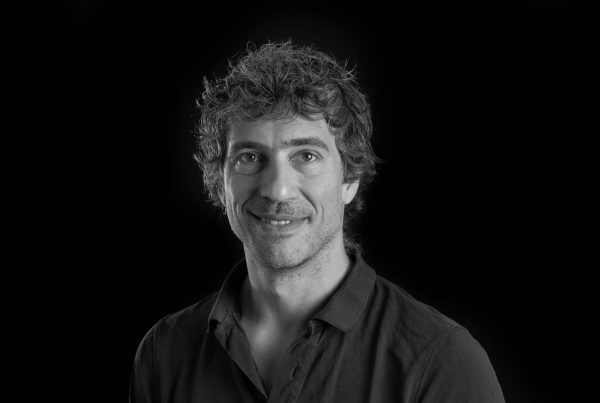Massimiliano Stengel graduated in Physics at the University of Trieste (1999) and received his PhD in Science from the Swiss Polytechnic School of Lausanne (EPFL) in 2004. From February 2005 to April 2009 he was a postdoctoral researcher in the group of Prof. Nicola Spaldin at the Materials Department (UC Santa Barbara), and from May to September 2009 at CECAM (EPFL) under the supervision of Prof. Wanda Andreoni. From February 2010 to September 2011 he worked at ICMAB in Barcelona as a "Ramón y Cajal" fellow, before joining ICREA as a Research Professor in October 2011.
